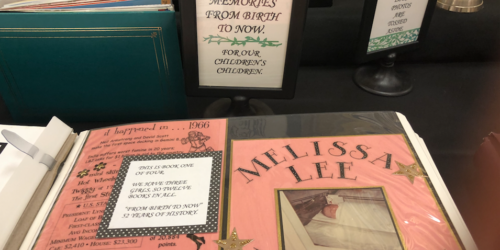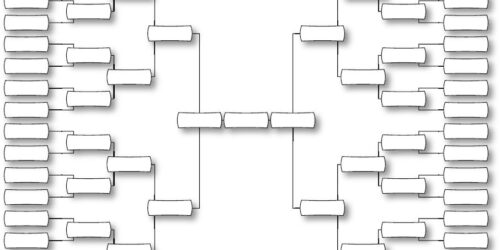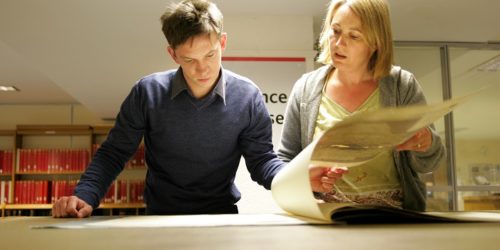Family History: The Great Connector
You’ve heard them before … those time-worn reasons that people give for not becoming involved in family history. (And being involved really means doing anything meaningful in that area, not necessarily becoming a genealogist). Here are two of the most common ones:
- “I don’t have the time.”
- “Aunt Clara [or name a favorite relative] does all the genealogy in our family.”
The sad part about giving in to these reasons is this: not doing any family history means missing out on a myriad of positive and potential life-changing connections. Let’s take a look at two overall types of family history connections—vertical and horizontal—what they can do for us.
Vertical Connections: Our Ancestors and Us
These are the connections we most often think of—who our ancestors were, and how we relate to them in the family tree. Finding

life events and stories about them helps us understand them better and deepens our sense of connection to them. But there’s more: Marshall Duke, a professor at Emory University who researched American families, has said, “The more children knew about their family’s history, the stronger the sense of control over their lives, the higher their self-esteem, and the more successfully they believed their families functioned.” (“The Stories that Bind Us,” New York Times 2013).
We might not admire everyone we discover in our family tree, but we can learn something from each of them. As we send the next generation out into an ever-changing world, giving them the gift of connection to their ancestry can make a huge difference.
Horizontal Connections, Part One: Living Relatives
For some reason, it’s often easier to visualize the “vertical connections” to ancestors while forgetting the powerful “horizontal connections” that develop within families and living relatives as they become involved in family history. Sharing ancestor stories and photos is certainly one way to do this.
There are also wonderful family history activities for all ages and types of families, such as those from The Family History Guide and FamilySearch, easily accessible online. A strong sense of connection to ancestry can help family members better appreciate their life circumstances, opportunities, and even ethnicities.
Horizontal Connections, Part Two: Unlimited Learning
Remember: the second word in “family history” is “history,” which means that understanding the historical context of your

ancestors’ lives helps you understand them more deeply. And as any experienced genealogist will tell you, location plays a central role in finding records for your ancestors. So far, we have two subjects to dig into: history and geography. But there are many more, including photography, DNA research, languages, cultures, handwriting, immigration, military … and we’re just getting started.
That sounds like a lot of heavy book lifting. But there is an important difference: you can have personal connections to academic subjects, through your ancestors. For example, you may not be familiar with immigrant ships, passenger lists, or naturalization, but finding stories and records of your immigrant ancestors can suddenly make those topics come alive to you. You may also be intrigued when you discover occupations or pastimes of ancestors, such as woodworking, music, or volunteering, and decide to learn more about those activities or even try them out yourself.
Then, we can factor in additional subjects that are tied to historical records. You might be checking out land grants, township records, probates, church memberships, newspaper articles and a lot more. And don’t forget that historical records and documents can often be pieced together to provide extra clues in research, such as finding mentions of extended family members in obituaries, mentions of parents of the bride and groom in marriage records, etc.
The First Connection
All of these connections are wonderful, but they may never actually make it off the ground without the first one: the connection between you and family history. The Get Started page in The Family History Guide can help you find what resonates with you in family history, whether stories, photos, family trees, activities, or something else, since we each have varying interests and perspectives. Then you can take advantage of step-by-step instructions and links to articles and videos to begin your journey a bit at a time, however you feel comfortable.
Best wishes for success and connections in all your family history journeys!





